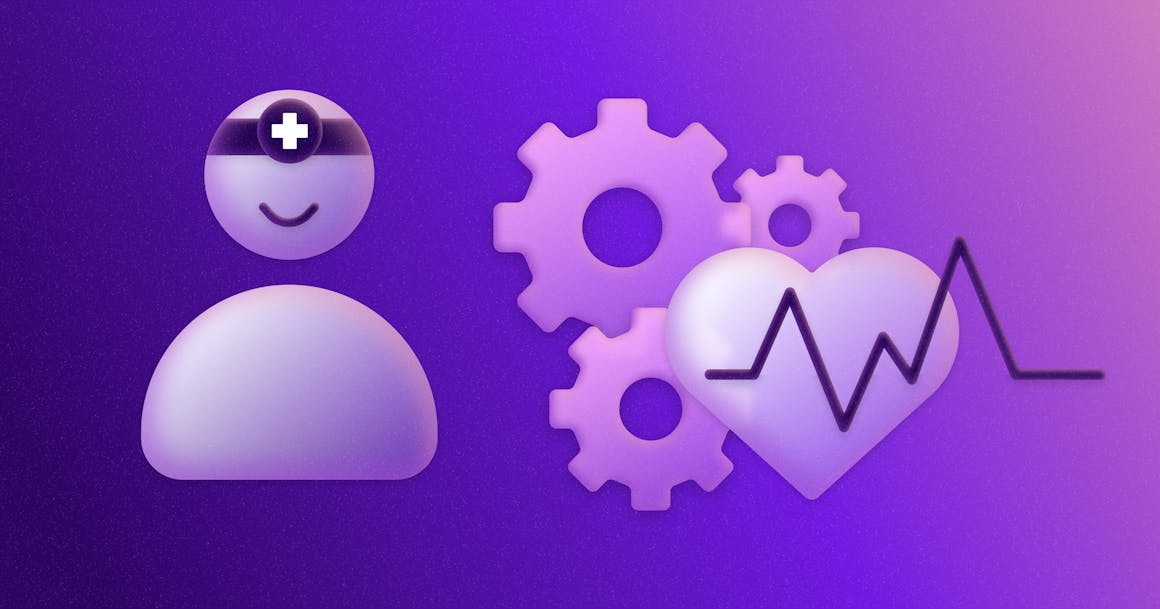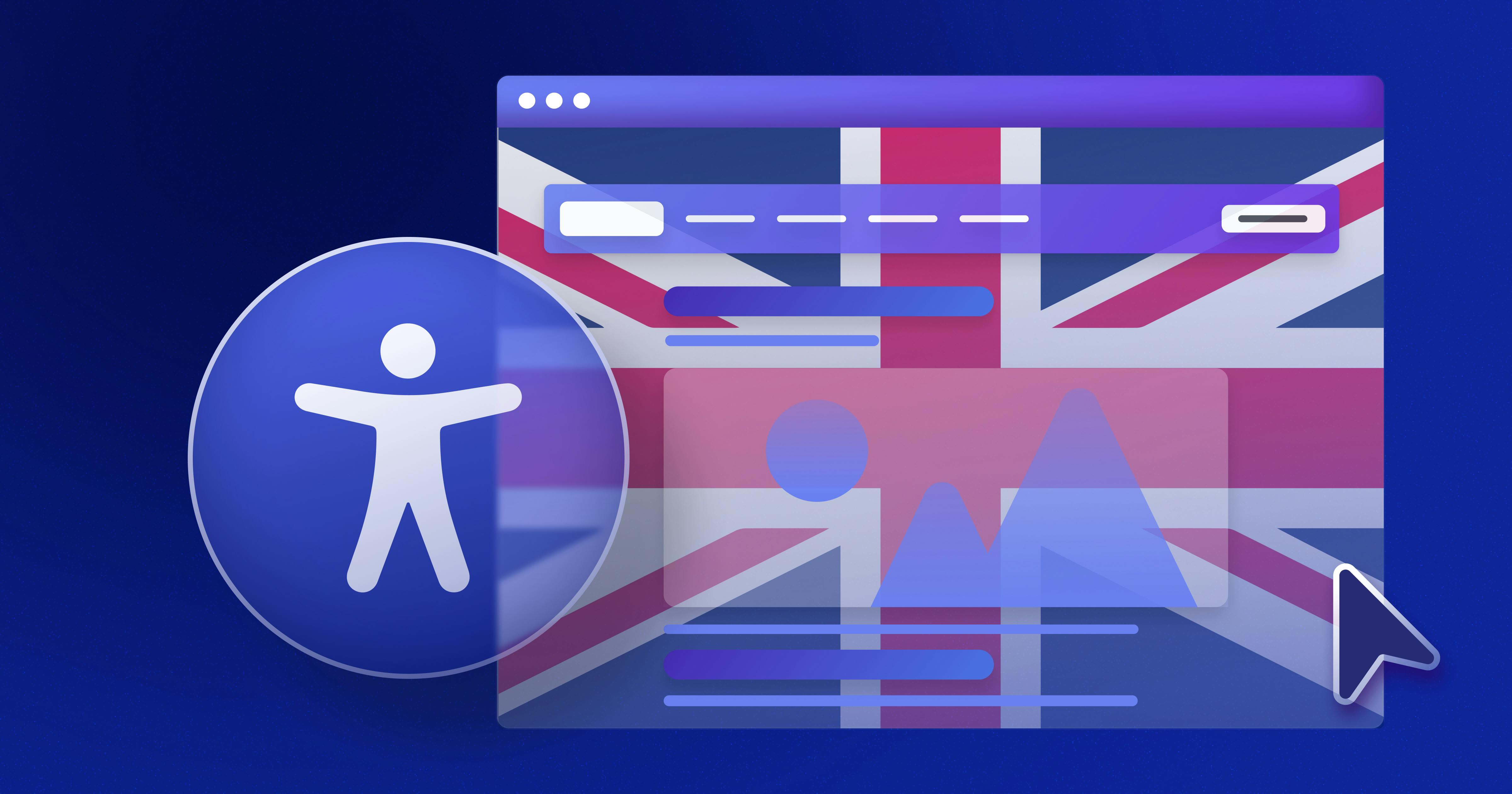Department of Health and Human Services Strengthens Protections Against Discrimination in Health Care


Ready to see AudioEye in action?
Watch Demo
Recently, the U.S. Department of Health and Human Services finalized a new rule strengthening protections against discrimination on the basis of disability — including introducing new technical standards for web accessibility. Here’s what that means for healthcare organizations — and how long they have to comply with the latest requirements.
For people with disabilities, getting equal access to healthcare and social services is often difficult — if not impossible.
From weight scales that do not accommodate wheelchairs to inaccessible websites and mobile applications, accessibility barriers can be a source of great frustration and inequity.
To narrow this gap, the U.S. Department of Health and Human Services (HHS) finalized a rule on May 1, 2024, strengthening protections against discrimination on the basis of disability.
Titled Discrimination on the Basis of Disability in Health and Human Service Programs or Activities, the rule bolsters protection for people with disabilities under Section 504 of the Rehabilitation Act.
Among other requirements related to patient care and policies, organizations that receive federal financial assistance — such as hospitals, social services, and nursing homes — must follow the Web Content Accessibility Guidelines (WCAG) 2.1, Level AA, for web content and mobile applications.
The timeline for compliance with the rule varies depending on the organization's size. Organizations with 15 or more employees must ensure web content and mobile application compliance by May 11, 2026, while organizations with fewer than 15 employees have until May 10, 2027.
How Does the Rule Affect Digital Accessibility and ADA Compliance?
The rule outlines specific digital accessibility requirements, including:
- Federal financial assistance recipients must adhere to WCAG 2.1, Level AA, as the technical standard for web content and mobile applications.
- The updated rule applies to all website content and mobile applications provided by a recipient from the Department of Health and Human Services.
- Websites and mobile applications built or operated by a third party on behalf of a recipient must also adhere to this rule.
“It sounds like the new rule will give disabled people and their families more access to the latest treatments and technologies while allowing us to maintain our privacy and dignity,” said Maxwell Ivey, one of AudioEye’s A11iance Advocates. “I’ve long since become immune to any embarrassment over my health, but I know a lot of people do have a problem with this.”
To be clear: No one should have to “become immune” to any embarrassment due to a lack of accessibility or accommodations. But that's the reality today for many members of the disability community — and one of the many reasons the HHS is working to eliminate sources of inequity.
In addition to providing clear technical standards for web accessibility, the new rule aligns with a recent update to Title II of the Americans with Disabilities Act (ADA), which also established a timeline for state and local government entities to follow WCAG 2.1.
Because many recipients of HHS funding are also covered by Title II of the ADA, a secondary benefit of the new rule is that it should improve consistency between the laws — and simplify compliance.
“As noted by HHS, recent research of more than 100 top hospitals across the United States found that less than 5% complied with web content accessibility guidelines,” said Tony Coelho, the primary sponsor of the Americans with Disabilities Act and a member of AudioEye’s board of directors. “This is unacceptable, and I’m confident this rule will accelerate the push to make websites and mobile applications accessible to all.”
What Is the Current State of Web Accessibility for Healthcare Providers?
In 2023, AudioEye released its first annual Digital Accessibility Index, which scanned almost 40,000 enterprise websites to measure the accessibility of the world’s largest brands.
As part of that research, we scanned over 90,000 web pages from healthcare websites. On average, we detected 84 accessibility violations per page, ranging from missing image alt text to keyboard traps and unlabeled buttons that impeded access to crucial health information and services for individuals with disabilities.
In a press release announcing AudioEye’s support of the new rule, David Moradi, AudioEye’s CEO, said the average number of violations on healthcare sites was “alarming” — and suggested that organizations adopt a multi-pronged approach to accessibility and compliance:
“The sheer scale of the problem can only be fixed through a combination of artificial intelligence and human-assisted technology, backed by testing from members of the disability community,” he said.
In a recent analysis of over 900 known legal claims in the accessibility industry, customers using AudioEye’s combination of automation and expert custom testing were 67% less likely to receive a valid lawsuit claim than customers using other industry solutions.
How Can Healthcare Providers Improve the Patient Experience for People With Disabilities?
When we asked members of the disability community about the rule, they noted the importance of codifying accessibility standards — but cautioned organizations to also invest in ongoing training and education for frontline staff.
“I wonder what programs they will be putting in place to educate and communicate the changes to frontline staff who are usually the point of contact with the patient who has a disability,” said Ivey. “It doesn’t matter how great the blueprint is if the construction workers don’t understand it and commit to the plans they are given.”
Ultimately, the new rule represents an important step in the fight to create a more inclusive, equitable healthcare system. Now that organizations have a firm deadline for web accessibility, it’s critical to establish a plan to find and fix digital accessibility issues that can impact the healthcare experience for people with disabilities.
Ready to see AudioEye in action?
Watch Demo
Ready to test your website for accessibility?
Share post
Topics:
Keep Reading

5 Things Municipalities Need to Know About Digital Accessibility
Government entities have a responsibility to provide accessible digital content. Discover what municipalities need to know about digital accessibility and how to provide an accessible, inclusive online experience.
compliance
May 13, 2024

Digital Accessibility in Germany: Understanding the BITV and Other Accessibility Laws
The Berlin Barrier-Free Information Technology Ordinance defines digital accessibility for German citizens. Learn more about BITV and other accessibility laws.
compliance
May 08, 2024

What You Should Know About UK Accessibility Laws
The United Kingdom has a number of digital accessibility laws that apply to both public and private organizations.
compliance
May 03, 2024
